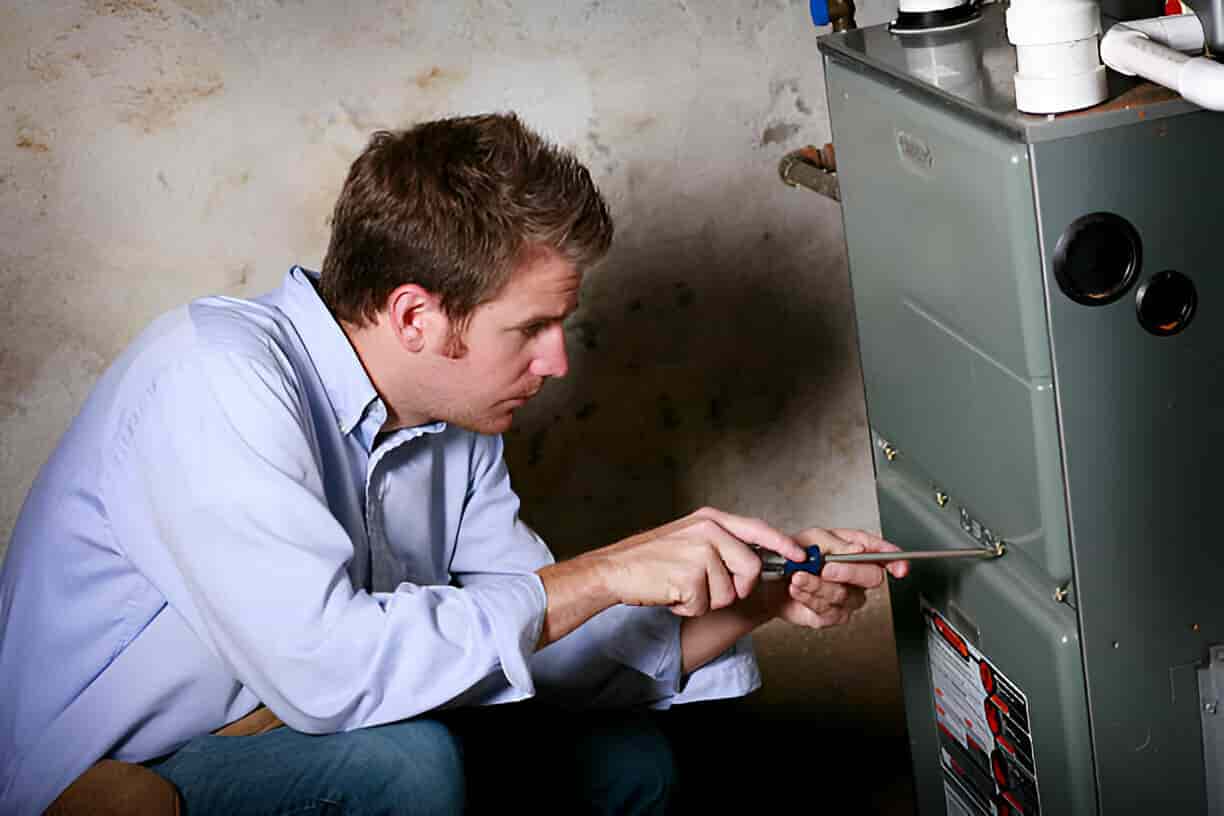Heating Repair in Lincoln, CA
When your home’s heating struggles on a cold Lincoln night, fast, reliable heating repair matters. Whether you have an older gas furnace, a newer heat pump, or a hybrid system, prompt diagnostics and professional repairs keep your family safe, comfortable, and energy efficient. This page explains common heating repair services in Lincoln, CA, how technicians diagnose and fix problems, expected repair timelines, emergency response options, technician qualifications, warranty practices, and what to expect when scheduling a service call.
Why timely heating repair in Lincoln, CA matters
Lincoln experiences cool, sometimes damp winters and chilly overnight lows that make dependable heating essential. Older homes in the area often have aging furnaces or ductwork that compounds heating problems. Delaying repairs can lead to higher energy bills, uneven heating, increased wear on components, and potential safety risks such as carbon monoxide exposure. Early action preserves system life and keeps indoor comfort consistent across seasons.
Common heating problems we diagnose
- Furnace won’t start or cycles on and off frequently
- Weak or no airflow from vents
- Cold spots in specific rooms or uneven heating
- Strange noises (clanking, grinding, or whistling)
- Frequent short cycling or excessive runtime
- Heat pump not producing heat or stuck in defrost mode
- Odors when system turns on (electrical or musty smells)
- Pilot light or ignition failures (for gas furnaces)
Typical heating repair services provided in Lincoln, CA
- Comprehensive diagnostic inspection and safety check
- Furnace troubleshooting and repair (igniters, burners, flame sensors, gas valves)
- Heat pump troubleshooting (reversing valve, defrost controls, compressors)
- Blower motor and fan repairs or replacements
- Control board and thermostat diagnostics and repair
- Capacitor and relay replacement
- Ductwork inspection for leaks and airflow issues
- Filter replacement and airflow optimization
- Electrical troubleshooting and wiring repairs
- Emergency heating repairs and temporary fixes to restore heat
Diagnostic procedure: what a technician will do
- Safety and visual inspection: check for gas leaks, unusual odors, visible damage, and combustion safety on gas equipment.
- System start-up tests: observe ignition sequence, burners or compressor operation, and thermostat communication.
- Electrical diagnostics: test voltage, capacitors, relays, and control board signals.
- Airflow and duct check: measure blower performance, filter condition, and supply/return balance.
- Component testing: verify igniters, flame sensors, motors, and sensors with targeted tests.
- Refrigerant and heat-exchange checks (heat pumps): inspect refrigerant levels and defrost cycles when applicable.
- Report and estimate: explain findings in plain language, list required parts, and outline recommended repairs and timelines.
Parts commonly replaced during heating repair
- Igniters and pilot assemblies
- Burners and flame sensors
- Blower motors and fan assemblies
- Control boards and relays
- Capacitors and contactors
- Thermostats and sensors
- Reversing valves and compressors (heat pumps)
- Limit switches and safety controls
Repair timelines you can expect
- Minor repairs (filters, igniter or sensor replacement, simple electrical fixes): often 30 to 90 minutes.
- Moderate repairs (blower motor replacement, control board swap, ductwork sealing): typically 2 to 4 hours.
- Major repairs (compressor replacement, major refrigerant work, extensive duct modifications): may require a full day or return visit depending on parts availability.Many issues are diagnosed and addressed the same day; if parts need to be ordered, technicians will provide a clear timeline and interim safety measures.
Emergency heating repair options
Emergency heating response is available for situations that compromise safety or habitability, such as complete heat failure during cold snaps or suspected gas leaks. Emergency service typically involves priority dispatch, on-site temporary fixes to restore heat, and a follow-up repair plan. During winter cold spells in the Sacramento foothills region, quick response reduces risk of frozen pipes and major discomfort.
Technician qualifications and safety practices
Qualified heating technicians servicing Lincoln homes typically hold:
- State contractor license for HVAC work
- NATE (North American Technician Excellence) certification or equivalent industry credentials
- Ongoing factory training for major brands and equipment types
- EPA Section 608 certification for handling refrigerants (when heat pump work is involved)
- Background checks and insured status
Technicians follow professional safety protocols and, in line with ongoing health guidance, observe cleanliness measures and customer property protections. Technicians will explain safety findings, carbon monoxide testing results on gas appliances, and any recommended next steps in plain language.
Warranty and parts information
Manufacturer parts carry their own warranties; labor warranties vary by service provider. When repairs use OEM parts or high-quality aftermarket components, documentation of parts warranties and labor guarantees is provided at the time of service. For systems under extended service agreements or membership plans, additional warranty coverage and preventative maintenance options may apply. Always request clarification of warranty terms for both parts and labor before work begins.
What to expect when scheduling a service call
Scheduling typically involves identifying the system type (furnace, heat pump, hybrid), describing symptoms, and confirming a convenient appointment window. Technicians arrive prepared with common parts and diagnostic tools; if additional parts are required, they will explain the timeline for return visits and interim safety steps. During every visit, expect a clear explanation of findings, repair options, and the impact of each option on system efficiency and longevity.
Preventive tips to reduce future heating repairs
- Replace filters regularly to maintain airflow and efficiency.
- Schedule annual heating tune-ups before winter to catch issues early.
- Keep vents and returns free from obstructions and furniture.
- Monitor unusual sounds, odors, or cycling and address them promptly.
- Consider upgrading to energy-efficient components (smart thermostats, high-efficiency motors) to reduce load on aging systems.
Timely heating repair keeps Lincoln homes safe and comfortable through cold nights, preserves equipment life, and improves energy efficiency. Proper diagnostics, experienced technicians, and clear repair plans ensure your system gets back to reliable operation with minimal disruption.
Other Services
Customer Testimonials
See what our satisfied customers have to say about their experience with Always Affordable
Plumbing & HVAC.






